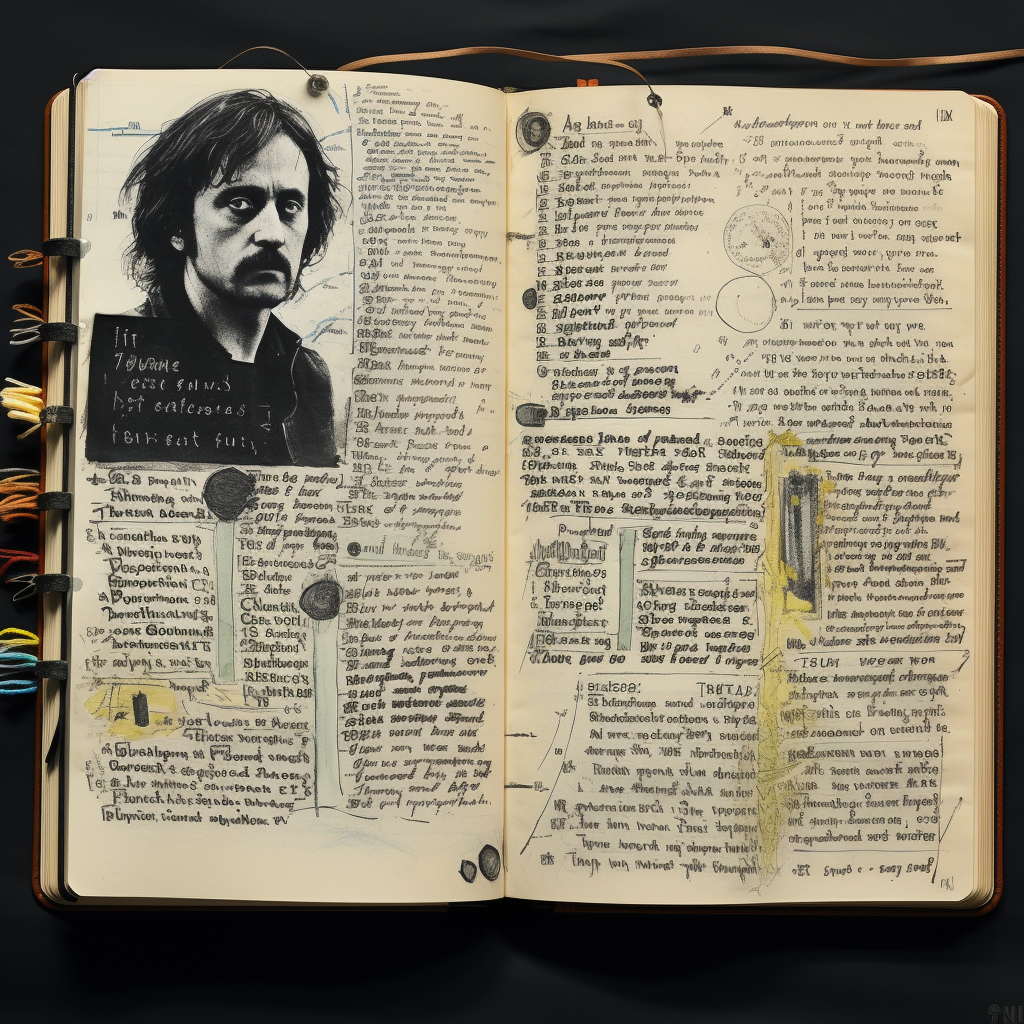The Rhetoric of Punctuation
Katherine Mansfield: ‘Bliss’
ALTHOUGH Bertha Young was thirty she still had moments like this when she wanted to run instead of walk, to take dancing steps on and off the pavement, to bowl a hoop, to throw something up in the air and catch it again, or to stand still and do nothing, simply.
What can you do if you are turning thirty and, turning the corner of your own street, you are overcome, suddenly by a feeling of bliss—absolute bliss!— as though you’d suddenly swallowed a bright piece of that late afternoon sun and it burned in your bosom, sending out a little shower of sparks into every particle, into every finger and toe? . . .
Oh, is there no way you can express it without being “drunk and disorderly”? How idiotic civilization is! Why be given a body if you have to keep it shut up in a case like a rare, rare fiddle.
Mansfield makes extensive use of commas, emdashes, exclamation points, ellipsis, quotation marks, question marks, and periods. Commas are mainly being used to join together sets of activities as a common thought in ‘run instead of walk, to take dancing steps on and off the pavement, to bowl a hoop, to throw something up in the air and catch it again, or to stand still and do nothing’ or to support duplicative descriptive emphasis as in ‘rare, rare fiddle’. A similar approach in emphasizing a thought is handled by Mansfield’s use of the emdash, coupled with an exclamation point, as in ‘bliss—absolute bliss!’ is echoed by ‘rare, rare fiddle’ in signaling to us as readers that the writer really means it. The fiddle isn’t just rare, it’s really rare. The bliss isn’t just a feeling, it’s the highest form of bliss. Here the punctuation is being used to augment the intensity of what’s being described. Such punctuation use accelerates our reading, and heightens our experiences of the writer’s words.
The opposing dynamic is the question mark and the ellipsis, which slow things down in their pauses and asks of the reader. If commas, emdashes and exclamation marks are the gas, then ellipsis and question marks are the brakes, regulating the speed at which we read.
Punctuation Revisions:
ALTHOUGH Bertha Young was thirty, she still had moments like this. When she wanted to run instead of walk. To take dancing steps on and off the pavement. To bowl a hoop. To throw something up in the air and catch it again. Or to stand still and do nothing… simply?
What can you do? If you are turning thirty and turning the corner of your own street… you are overcome. Suddenly by a feeling of… bliss? Absolute bliss? As though you’d suddenly swallowed a bright piece of that late afternoon sun and it burned in your bosom. Sending out a little shower of sparks into every particle. Into every finger and toe.
Oh! Is there no way you can express it without being… drunk (and disorderly). How idiotic civilization… is? Why be given a body if you have to keep it? Shut up in a case like a rare, rare fiddle!
In my revised example, I am deliberately slowing everything down. Injecting many more periods and making each thought either a simple sentence, or a sentence fragment. As I adjusted from comma to period, I am consciously adjusting the pace of the reading, and breaking everything up into smaller, but more distinct thoughts, which eventually get further punctuated by ellipsis, parentheses and question marks, again as elements of velocity control. The passage is stripped of its original elation, and becomes much more sombre as a result. Even the use of exclamation marks in the final paragraph are more laments than joyous outbursts. They are being used to mourn, not celebrate, and support an adjusted tone, one where bliss is questioned not felt, and which is significantly more melancholy.































